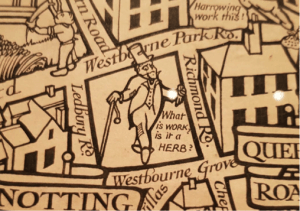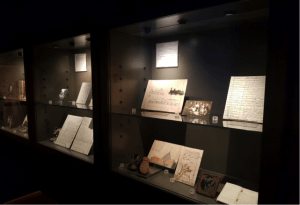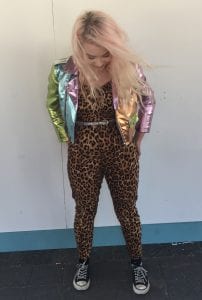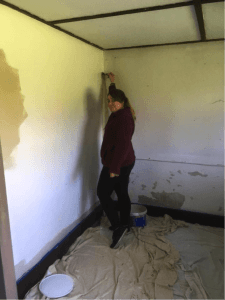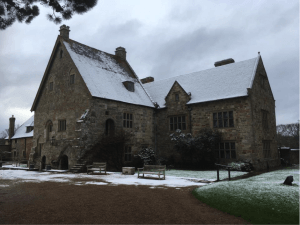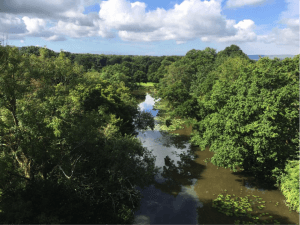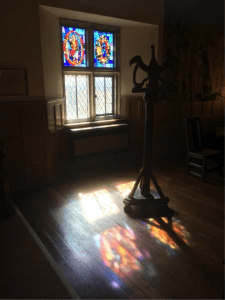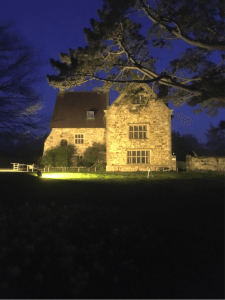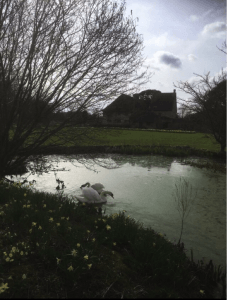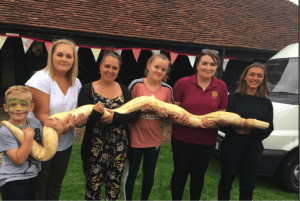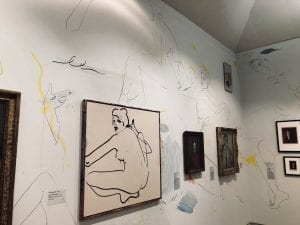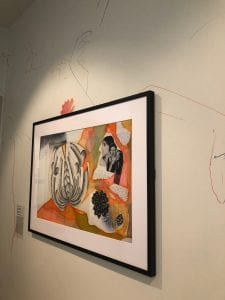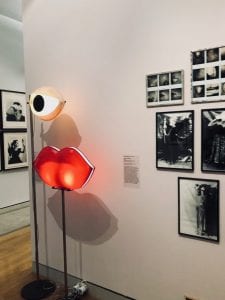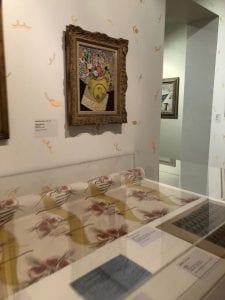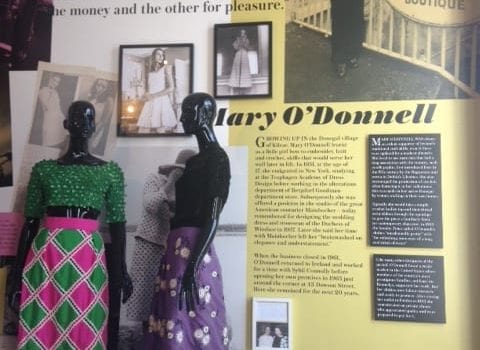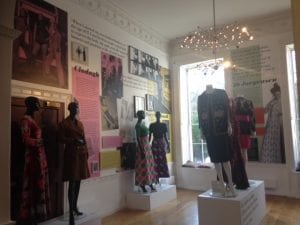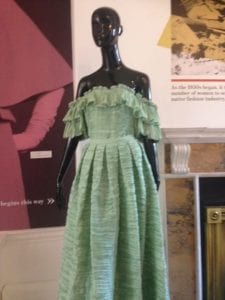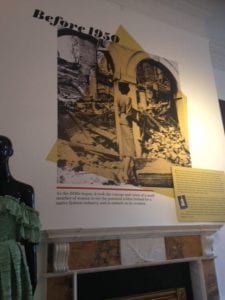MA Curating Collections and Heritage student Lisa Hinkins on working at Brighton Museum

Fig. 1. James Henry Green. 0010, Self, looking down valley. c.1920s. B&W photograph. James Henry Green Collection. Courtesy of Royal Pavilion & Museums, Brighton & Hove and the James Henry Green Charitable Trust.
My initial introduction to the James Henry Green Collection was whilst on a 12-week Work Force Development Placement in the World Art department of Brighton Museum & Art Gallery (BMAG). Once my placement ended in November 2017, I was asked to continue with the uploading of 1600 hi-resolution black and white photographic images onto Digital Asset Media, the public facing website which allows Royal Pavilion and Museum staff and the public to access digital images and information from the museum’s collections.

Fig. 2. James Henry Green. 0317, Hkahku woman. c1920s. B&W photograph. James Henry Green Collection. Courtesy of Royal Pavilion & Museums, Brighton & Hove and the James Henry Green Charitable Trust.
James Henry Green (1893-1975) (Fig. 1) served as a recruitment officer for the Burma Rifles during 1918-1935, based mainly in the north of the country. Like many serving officers of the time he was also an amateur photographer, an entertaining pastime originally endorsed for military officers in India. One of the first noted texts for the use of photography in the compilation of archives of visual material for the extension of knowledge of Britain’s overseas territories was written in 1856 by the East India Company Surgeon John McCosh. Green’s images and writing recorded the minority tribes and culture of northern Burma, before their lives completely disappeared (Fig.2).
Green’s photographs piqued my interest, as I was researching and writing my degree dissertation based upon a book published in 1915, Romany Life: (experienced and observed during many years of friendly intercourse with Gypsies) written by my great, great-grandfather Frank Hinkins. His anthropological images and accompanying written observations detailed the rapidly disappearing nomadic culture of the English Romany Gypsies in the New Forest, Hampshire (Fig. 3). There appeared to be many similarities in these two men’s recordings, along with a sincerity to understand peoples and cultures different to their own.
During the summer I was invited to present a Bite Size talk at BMAG on anything in the collections that interested me. This gave me the opportunity to present a 30-minute PowerPoint talk in September in BMAG’s Museum Lab about the James Henry Green Collection. It was important that my talk was pitched correctly to a wider public, where there would be a mixture of art and design knowledge. Through my experience of working as a Gallery Explainer at BMAG, I understood that you must neither patronise nor underestimate your audience.

Fig. 4. Two of four views of a South Australian aboriginal female (‘Ellen’ aged twenty-two) according to Huxley’s ‘photometric instructions, c1870. b/w photo. Photographer unknown. (RAI 2116, 2117).
Research included watching BBC2 documentary Burma with Simon Reeve, which gave a hard-hitting account of the continued terrible violence in the country, as well as touching on Burma’s history. I also referred to the book, Burma: Frontier Photographs 1918-1935, edited by Elizabeth Dell. The text gave invaluable understanding of Green’s photographic and written work. Helen Mears, Keeper of World Art at BMAG provided me with very useful background information to how the collection came to be held at the museum and I also referred to my own dissertation.
The basis of the talk was a series of images showing the spectrum of Green’s work. This led me into comparing a few of his images with Frank Hinkins’, as well as allowing me to discuss the use of photography as a means of recording the ‘Other.’ I spoke about how photographs circulated through newspapers and via postcards during the 1880s, became a vehicle for reinforcing racial stereotypes. I also touched on how the collection feeds into the World Art Gallery at BMAG and explained how to access the Collection on-line.

Fig. 5. James Henry Green. 1556 A leg rower, Lake Inle. c1920s. B&W photograph. James Henry Green Collection. Courtesy of Royal Pavilion & Museums, Brighton & Hove and the James Henry Green Charitable Trust.
When writing the talk, it was imperative to me that the audience understood important issues such as Thomas Henry Huxley’s ‘photometric instructions,’ and theory of physical differences between groups of humans conceptualized as racial (Fig.4). Terms such as ‘subaltern’ and ‘taxonomic’ were either replaced or clearly explained. The worst thing you can do is distance your audience with the use of opaque academic language.
To accompany the talk, I brought in the book, Burma: Frontier Photographs 1918-1935 and a modern copy of Frank Hinkins’ book for the audience to peruse afterwards. It was a useful device for striking up conversations with people. My managers at BMAG gave positive feedback, informing me that audience questionnaires rated the talk, ‘Good,’ or ‘Amazing.’ The experience is something I’ve carried forward into my current studies on the MA Curating Collections and Heritage. I have also been asked to present another talk at BMAG in the new year, so will have fun delving further into the museum’s collections for inspiration.



